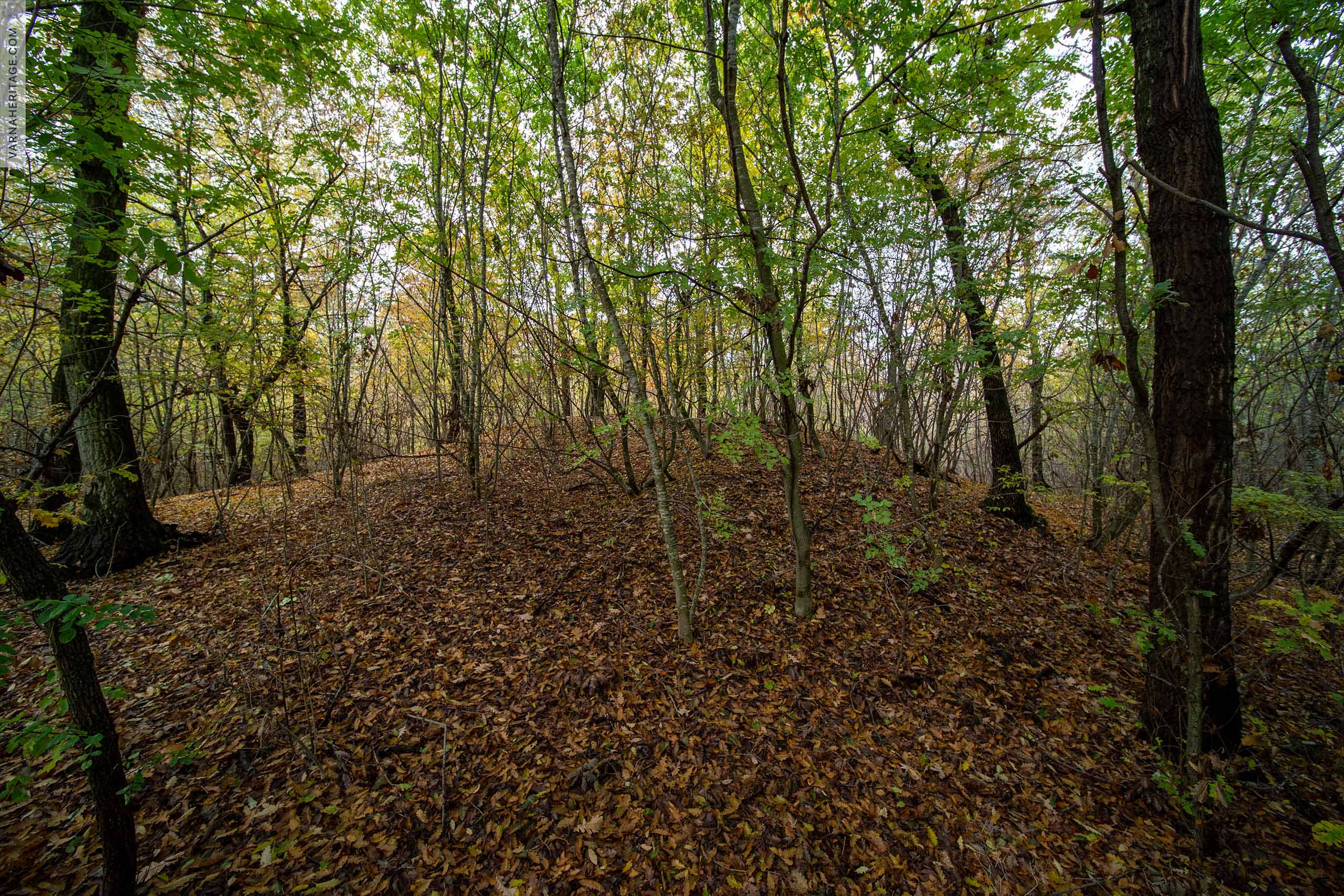
Датировка
-
Кратка информация
Mounds are naturally or artificially created elevations / mounds / of small size. They are of particular interest to archaeological science, due to the fact that inside most of them there are both immovable and movable cultural values.
Already in 1898 the brothers Karel and Hermengild Shkorpil - the doyens of Bulgarian archaeology, published a thematic book about the mounds in the "Monuments from Bulgaria" series. According to them, "Bulgaria can be proud of the richness of the mound monuments".
The first attempt to count the mounds in the country was made by Ami Bue - one of the pioneers of geological surveys. After the decision of the Anthropological Society of Vienna to pay special attention to the mounds on the Balkan Peninsula, scientific research and surveys were carried out, during which the so-called Cyperto card.
The next chronological information about the mounds on our lands was found in maps of Russian military topographers from the period - 1878-1879.
According to Shkorpil's data, "the most mounds are found in the Thracian fields (especially in the Plovdiv field) and in the Danube plain (between River Vid and the Black Sea)". Even then, it was found that a large number were destroyed, plowed or self-collapsed.
Such is the fate of most mound formations in the Varna region. Of the many mounds described by the researchers, only single examples have reached today.
The Shkorpil brothers pay special attention to the mound chains and clusters in the Galata region. They also mention the mound necropolis north of the city of Varna, most likely the mound group near the current TV tower or on the Frangen plateau. One of the most significant finds of the brothers is an early Christian basilica, discovered in 1909. during the digging of the channel in the swampy, sandy area between the sea and Devne Lake. The object was a wide low mound, known under the name "Pirinch tepe" or translated as "rice mound".
During the excavations of the Varna Archaeological Society in 1915 and 1919, a 5-meter mound, called "Ilan Tepe" or snake mound, was excavated successively, where the early Byzantine basilica - Janavara (from the town of Janavar Tepe) was discovered.
Another part of the mound embankments in Varna arose from destroyed settlements, such as those registered in the forest areas of Galata, Borovets and Aladzhata. Most examples remain from burial mounds from different periods.
In the current data of the archives of Regional History Museum - Varna, there are 25-30 burial mounds registered. Most of them were excavated by treasure hunters even before an archaeological survey was carried out by specialists. One of the well-preserved mounds of national importance is located in Vladislav Varnenchik Museum Park, where the stone Thracian tomb, dated from the 4th-3rd centuries BC, is preserved under the Mausoleum of Vladislav, built in 1935. There is no other mound with similar socialization in Varna and the surrounding area.
Most of the mounds that were located on the territory of the modern city were destroyed during construction or beautification. Today, similar burial mounds can be seen mainly in unsocialized, hard-to-reach, forested areas in the vicinity of Varna, where nature has managed to preserve the integrity of the objects.
Местоположение
Akchelar locality, Primorski district; Janavar tepe area /Ilan tepe/, Asparuhovo district; Gundyuza area, Galata district;
Културна пренадлежност
-
Проучване
-
Техническо състояние
poor technical condition
Статут /описан в АКБ/
-
Режим на опазване /съгласно чл.35 от НАРЕДБА №7/
-
Находки, експонирани в Регионален исторически музей Варна
Архивни снимки
Архивни документи
Подобни обекти

Historical core of the city /Greek neighborhood/, Odessos, Varna

The western part of the island area under the bridge; in the park of Asparuhovo district

"Knyaz Boris I" Blvd., Archaeological Reserve "Odessos", Varna

Knyaz Boris Blvd., Nezavisimost Square, Odessos Archaeological Reserve, Varna

Borders of the object - "Khan Krum" street, "Kap.I rank Dobrev" street, "Count Ignatiev" street, "Knyaz Dindukov" street, "Tsar Kaloyan" street, Odessos archaeological reserve, Varna

University botanical garden - Ecopark, Varna; resort complex "St. St. Constantine and Elena"







